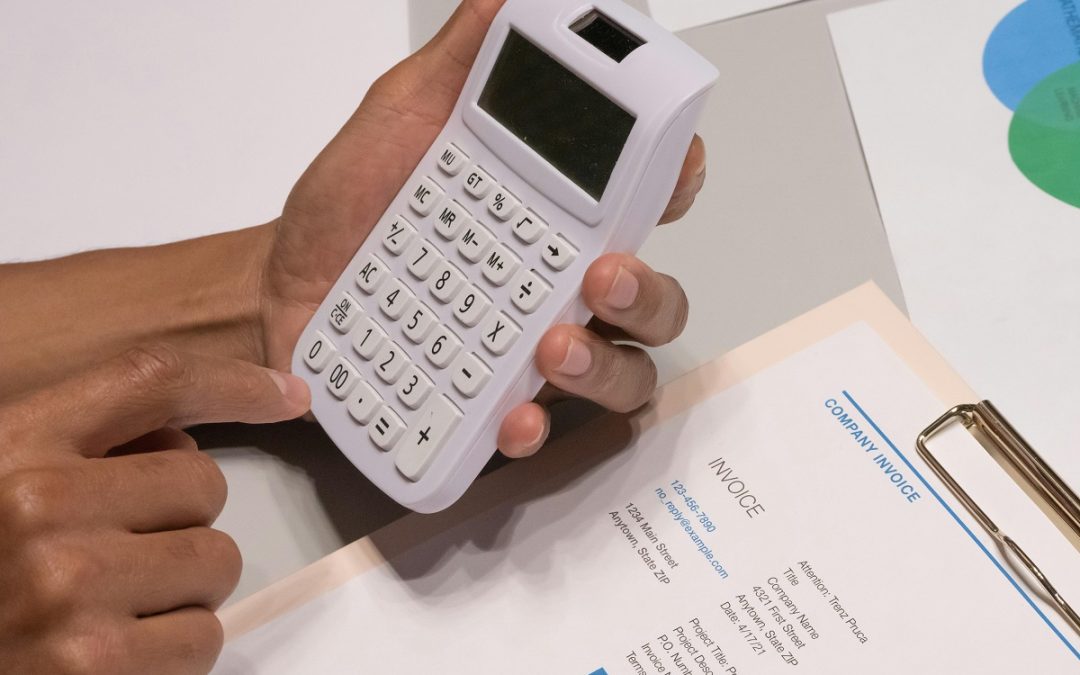For freelancers, invoicing is not just a formality it is one of the most essential and defining business processes that directly impact financial stability and professional credibility.
Unlike salaried workers who receive automatic payments every month, freelancers must proactively request compensation for their work, making invoicing an unavoidable part of daily operations. However, many freelancers, especially those new to the field, underestimate the complexity and importance of effective invoicing.
They often rely on hastily written payment requests, poorly formatted documents, or unclear payment terms that leave clients confused and payments delayed. This not only affects your cash flow but can also harm your reputation as a professional service provider.
A clean, timely, and well-structured invoicing process reflects your organization, builds client trust, and helps prevent disputes before they arise. Moreover, as your freelance business grows and you take on more clients, having a solid invoicing system becomes essential to managing your income, tracking taxes, and staying organized. In this article, we will cover the best invoicing practices for freelancers in detail, providing actionable tips to ensure you get paid efficiently, protect your income, and maintain a smooth business operation.
The Importance of Professional Invoice Design

A professional-looking invoice does more than just request payment; it communicates your brand identity, reinforces your legitimacy as a business, and sets the tone for your professional relationship with the client. Many freelancers overlook this by sending plain text invoices through email or messaging platforms, which often look unprofessional and lack important details. Instead, your invoices should be branded with your logo, business name, and contact information.
This not only makes your invoices instantly recognizable but also elevates your freelance services in the eyes of the client. A well-designed invoice should include an invoice number, the invoice date, the client’s billing details, and your payment terms. Break down the services provided in an itemized format, describing each task, the quantity or hours worked, the rate, and the total amount for each line item.
The final section should clearly state the total amount due, applicable taxes if any, and available payment methods. By making your invoices easy to read and understand, you reduce the likelihood of payment delays caused by confusion or the need for clarification.
Setting Clear Payment Terms and Due Dates
One of the most common reasons freelancers experience late payments is the lack of clear, predefined payment terms. Your invoice should explicitly state when payment is due—whether it is due upon receipt, in 7 days, 14 days, or 30 days. Industry standards vary, but freelancers often benefit from shorter payment terms such as net 7 or net 14, ensuring steady cash flow.
Clarify your late payment policy in advance, either within your invoice or the original contract. For instance, you might add a late fee of 2% per month on overdue balances, or a flat fee for every week the payment is late. This provides clients with a financial incentive to pay promptly and protects your business against clients who may otherwise deprioritize your invoice.
Transparency is key Discuss your payment terms with the client before starting the project, and ensure they are included in your written agreement. This level of clarity avoids awkward conversations later on and sets the expectation that your time and effort deserve timely compensation.
Choosing the Right Invoicing Tools
Manually creating invoices in Word or Excel might work when you have one or two clients, but as your freelance business grows, managing invoices manually becomes inefficient and error-prone. There are numerous invoicing tools specifically designed for freelancers that streamline the entire process, automate recurring invoices, and provide clear tracking of payments.
Tools like FreshBooks, QuickBooks Self-Employed, Wave, Zoho Invoice, and PayPal Invoicing offer professional invoice templates, automatic tax calculations, and easy integration with your business bank account or payment gateways. Some even allow you to track when a client opens an invoice, giving you better insight into whether your payment request has been seen.
These platforms save you hours of administrative work each month and provide an organized history of your income, which becomes invaluable at tax time. They also enable you to accept online payments directly through the invoice, making it easier for clients to pay quickly with a credit card, PayPal, or ACH transfer. The easier you make it for your client to pay, the faster you’ll see the money in your account.
Breaking Down Your Services Clearly
Vague invoices often lead to client disputes or delayed payments. Avoid generic descriptions like “freelance services” or “consulting work,” as they do not provide enough detail about what you are billing for. Instead, break down your services in a way that mirrors your project proposal or the agreed-upon scope of work. For example,
if you completed a website redesign, list individual tasks like “homepage redesign,” “content migration,” and “mobile responsiveness optimization,” along with the hours spent and the hourly rate, or a fixed fee if applicable. This level of detail reassures your clients that they are paying for exactly what they requested and helps them justify the expense to their own finance teams if needed. Itemized invoices also reduce back-and-forth inquiries, shortening the time between when the invoice is issued and when it is paid.
Automating Recurring Invoices for Ongoing Work
If you have ongoing freelance clients who retain your services on a monthly or project-based basis, consider setting up recurring invoices. Most modern invoicing tools allow you to automate invoices to be sent on a set schedule, such as the first of every month or after a project milestone is reached. This eliminates the need to manually create and send invoices each billing cycle, saving you time and reducing the chance of forgetting to bill a client.
Automation also ensures consistency, reinforcing the professional tone of your business relationship. Clients who see your invoice arrive on the same date each month begin to expect and prioritize payment, improving your cash flow reliability.
Offering Multiple Payment Options
The more payment options you offer, the easier it is for clients to settle their invoices promptly. Traditional bank transfers (ACH), credit card payments, PayPal, and digital wallets like Stripe are common options for freelancers. Some clients may prefer one method over another based on their company policies or payment systems.
By offering flexibility, you remove barriers to payment and accommodate both small startups and larger corporations. Be sure to clearly list all accepted payment methods on your invoice along with any necessary details, such as your PayPal email address or bank routing number. You may also wish to include a note about any payment processing fees.
While many freelancers absorb these fees as a cost of doing business, others choose to pass them on to the client if permitted in the contract.
Following Up on Late Payments Professionally
Despite your best efforts, you will occasionally encounter clients who miss payment deadlines. The key to handling these situations is consistency and professionalism. Always send a friendly reminder the day after an invoice becomes overdue, attaching a copy of the original invoice for reference.
If payment remains outstanding after another 7–10 days, follow up again with firmer language, referencing your payment terms and the late fee policy. Most clients will pay after one or two reminders, especially if your tone remains courteous yet firm. In cases where a client is chronically late or unresponsive, you may need to stop work until payment is received or, in extreme cases, engage a collections agency or pursue legal action.
To protect yourself, always have a signed contract in place before starting work, outlining your payment terms and your rights in the event of non-payment. Maintaining a paper trail of communication around the invoice and payment reminders also strengthens your position if a dispute arises.
Keeping Accurate Financial Records for Tax Season
Invoicing isn’t just about getting paid, it’s also about tracking your income accurately for tax reporting purposes. Every invoice you send contributes to your annual gross income, which you’ll need to report on your tax return. Using invoicing software helps you keep a detailed, organized record of payments received and outstanding balances.
Come tax season, you’ll have a clear record of your freelance earnings, which you can share with your accountant or use to calculate your quarterly estimated taxes if you’re self-employed. Good invoicing practices also help you prepare for financial goals like applying for a business loan, getting a mortgage, or scaling your freelance business into a full-fledged agency.
Establishing Invoicing as Part of Your Workflow
The most effective freelancers treat invoicing as a structured part of their project workflow, not an afterthought. Develop a habit of issuing your invoice promptly when a project milestone is met or a retainer period begins. Some freelancers prefer to invoice upon project completion, while others invoice upfront or at project kickoff for larger jobs.
Whichever you choose, communicate your invoicing schedule clearly to the client from the outset so they know when to expect your bill. Avoid the temptation to delay sending invoices out of fear of annoying the client—your work has value, and requesting timely payment is a standard business practice, not a favor. When invoicing becomes a regular habit, you’ll find it easier to maintain consistent cash flow and fewer invoices will fall through the cracks.

